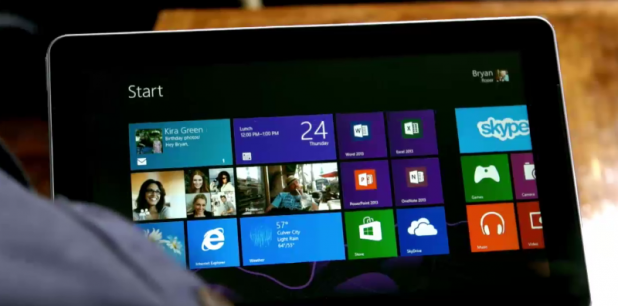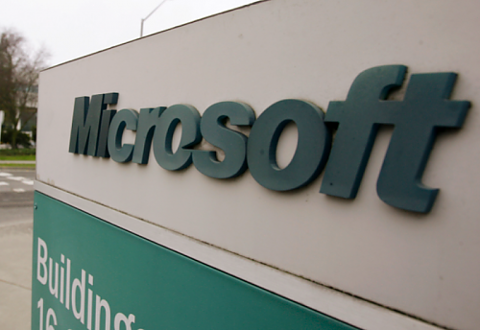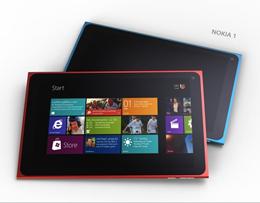Windows Blue Shows Microsoft Doubling Down on “Modern” UI
Ever since Windows 8 launched last year, a number of users have complained about its Start screen, which features a grid of colorful tiles linked to applications. They don’t want to tap (or click) one of those tiles to access the “traditional” desktop; they didn’t want Microsoft to fix something they didn’t feel was broken, thank you very much. Microsoft has certainly heard those complaints. If the company’s “Building Windows 8” blog demonstrated anything, it was that the Windows team researches and workshops and tests every element of every feature to death before releasing it to the broader world. So Microsoft has heard the rumblings from the user community and… decided to double down on that “modern” UI (previously known as “Metro,” a name abandoned after a murky copyright dispute) in its upcoming Windows Blue update. As detailed by The Verge, the Windows Blue update gives users the ability to resize and recolor the Start screen’s tiles; access new apps and networking options, including notification controls; and do new things with the Start screen “Charms,” including take and share screenshots. “It's clear that Microsoft doesn't want users to jump into desktop mode to have to change settings and the company is clearing improving this heavily,” The Verge added. “Windows Blue is expected to enter public preview over the coming months, with a final release due later this year.” For those who always hated the Windows 8 Start screen, that fury continues to burn with the intensity of a thousand suns. “So now Microsoft is pushing the dreadful Blue,” John C. Dvorak wrote in a March 25 column for PC Magazine. “Who wants more and smaller tiles? As I explained back in September 2011, tiles simply slow you down.” Over at ReadWrite, Mark Hachman (who also edits SlashDataCenter), painted the situation in equally stark terms for those who desire, above all other things in life, a Windows desktop unencumbered by a second interface: “If you had any hopes that Microsoft might be backing away from Metro, forget them. In fact, if you look at Windows 8 as a transitional operating system, then Blue represents the balance tilting farther and farther in Metro's favor.” Why does Windows 8 deviate from the model that served Microsoft so well for so long? The PC market has eroded over the past several quarters, with a sizable percentage of desktop and laptop users shifting to tablets rather than refreshing their aging PCs. That’s not only harmed manufacturers such as Dell and Hewlett-Packard, but increased the pressure on Microsoft to break into the touch-screen market in a big way. Windows 8’s new Start screen was the solution to that conundrum. Big, colorful tiles linked to applications would play well on tablets, opening up that market to Microsoft and its various manufacturing partners; at the same time, power users and traditionalists still had access to the desktop. Microsoft threw its considerable weight behind Windows 8’s October launch, which led to the operating system selling millions of copies. But there are signs of trouble. According to Net Applications, Windows 8 ran on 2.67 percent of desktops in February—well behind Windows 7 at 44.55 percent, Windows XP at 38.99 percent, and Windows Vista at 5.17 percent. Windows 7, Microsoft’s last big operating-system hit, enjoyed a 9 percent market-share by the same early point in its lifecycle. Were Microsoft to de-emphasize the Start screen—even by giving users a way to bypass it in favor of the desktop environment when starting up—it might send a public message that the company is backing away from the mobile part of its strategy, that its decision to bifurcate the user interface was somehow a mistake. For that reason alone, Microsoft has to double down on its earlier decisions. But some people definitely aren’t happy with it. Image: Microsoft



